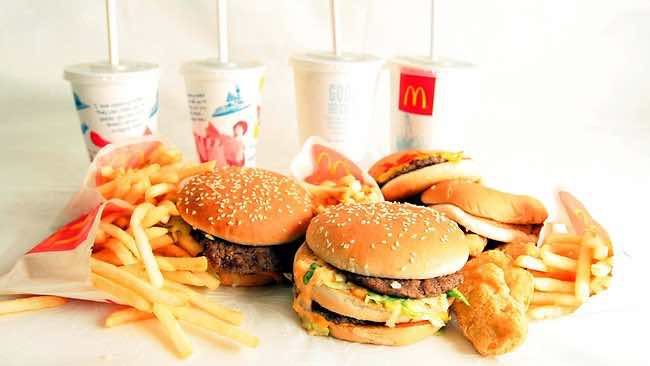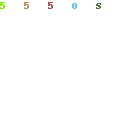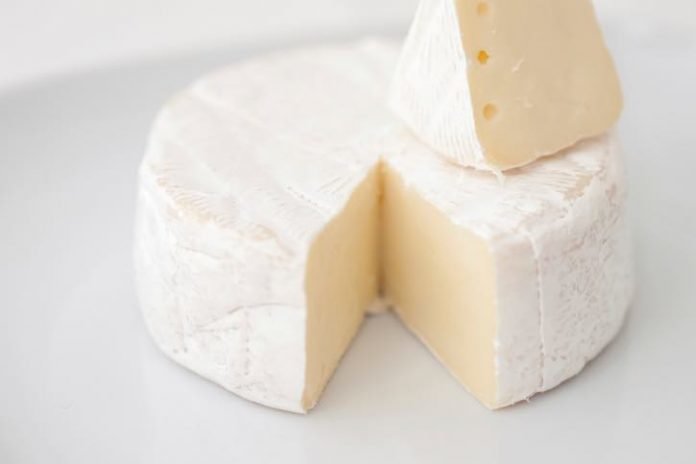“Don’t forget to eat your veggies… Clean your plate…. Eat your greens!!!”

We’ve heard these quotes about the importance of eating your vegetables from parents, friends, and the nutrition world for years. Take yourself back to that time you were cooking ______ (insert vegetable here) and you slightly over cooked it, drained the water, put it on your plate, and still ate it even thought it didn’t taste that great. But, you stomached it anyways just to get your veggies in.
Does that story sound all too familiar? Well, whether or not, what would you say if I said you destroyed and lost most of the nutritional properties of vegetables from this form of cooking- overcooking and pouring out the water! Based on how you cook vegetables, you can lure yourself to eat more, actually enjoy them, and retain more of their nutrients. Here’s a food science perspective into how you should cook vegetables and why…
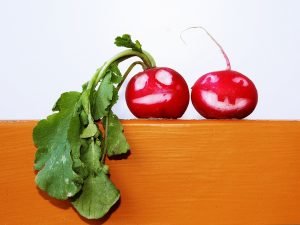
A healthy eating pattern includes consumption of a wide variety of vegetables in a range of colors, from dark green to red to yellow. The recommended amount of vegetables to eat per day is 2 ½ cup-equivalents, according to the 2015-2020 Dietary Guidelines for Americans. These veggies can be eaten fresh, frozen, canned, dried, or cooked. Vegetables are important source of many nutrients, including dietary fiber, potassium, vitamins A, vitamin C, vitamin K, copper, magnesium, vitamin E, vitamin B6, folate, iron, manganese, thiamin, niacin, and choline1.
Unfortunately, some of these nutrients are water-soluble vitamins (like vitamins C and B), which means they dissolve in water. This is both a good and bad thing. It’s good because water-soluble vitamins can be absorbed quickly and excreted by our bodies when taken in excess. For example, have you ever noticed your pee as bright yellow after taking a multi-vitamin? That is the excess water-soluble vitamins being excreted through urine because your body doesn’t need any more! But, it’s bad because water-soluble vitamins can be LOST during cooking- especially when water is involved. Therefore, we need to be careful when cooking vegetables to attempt to retain the most vitamins during our cooking methods.
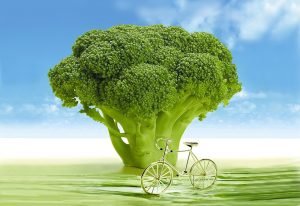
Here’s a breakdown of cooking methods and why you should use each one:
- Boil, Steam: Use small amount of salted water for a short time and covered pan unless otherwise indicated. This method is least favorable because it allows the most amounts of water-soluble vitamins to be lost in the cooking water.
- Solution: Some of the water-soluble will be lost in the water (note that green-ish tent!), so try to re-use this water. You can use this water to make rice or base of a soup to reincorporate those lost nutrients.
- Note: Acidic vegetables need more time to cook, so use more water and no lid.
- Pressure-cooking: Retains color and flavor.
- Bake: Roast at 325F degrees, retains more nutrients as there is not water involved.
- Stir-fry: Use tender vegetables that are high in moisture (ie: mushrooms, snap peas, peppers; don’t drain liquid- instead use liquid as part of sauce with soy sauce or teriyaki.
- Frozen: Shorter cooking time than fresh because blanching and freezing makes veggies more tender.
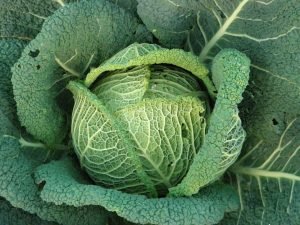
Here’s some vegetable preparation suggestions:
- Cauliflower: Cook for a short time, covered.
- To eat more: Make cauliflower puree (Recipe: cook 2 cups raw cauliflower, then place in food processor, use ¼ – ½ remaining cooking water, add 2T yogurt butter and light cream cheese)
- Asparagus: Cook in microwave with small amount of water. This technique uses less time, keeps same flavor, retains color slightly better, and provides a better retention of vitamin C, without a large difference in eating quality.
- To eat more: Make thick asparagus wrapped in low-sodium bacon in microwave.
- Cabbage: Cabbage contains sulfur, so to minimize the development of strong flavor, cook for a short time, keep lid off initially to let acids escape, and cook in large amounts of water.
- To eat more: Try the Braised Red Cabbage Recipe by Wolfgang Puck.
- Brussels sprouts: Also contain sulfur, so cook uncovered to let acids escape with little water for best flavor.
- To eat more: Toss with olive oil, salt, and pepper, then roast at 400F degrees for 20-25 minutes.
- Potatoes: Starch changes to sugar during storage, so older potatoes taste sweeter, cook to a darker brown (due to the Maillard Reaction), and are softer in texture.
- To eat more: Make baked French fries in oven or make a baked potato with toppings and eat the entire potato (including skin- that’s where the nutrients are!!!)

Vegetables come in a variety of shapes, sizes, and colors. They can be eaten in a variety of forms from raw to canned to frozen. However, how you cook your vegetable will change the benefits you actually get. So, next time your cooking vegetables, remember to use minimal water, the most appropriate cooking method to enhance its flavor and nutrients, and re-use the water when possible. Now, go on and eat your veggies- correctly!





